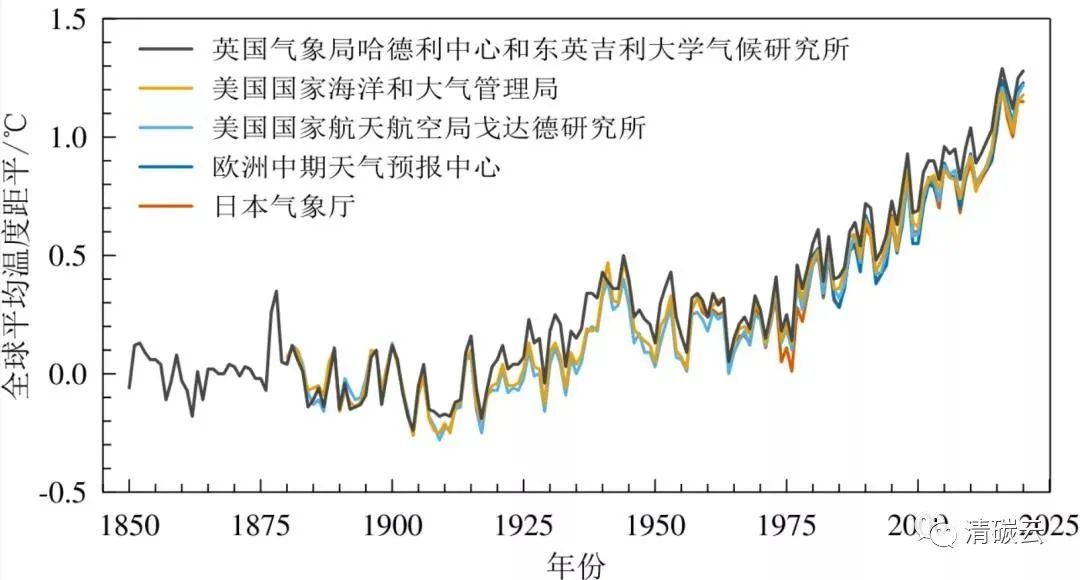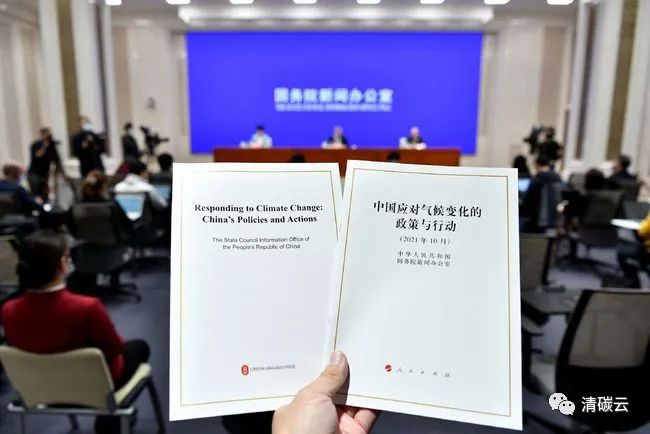COP26 -- The best time and the last chance!
DATE:2021-11-12
After a one-year postponement of the pandemic, the 12-day COP26 (the 26th United Nations Climate Conference) was held in Glasgow from 31 October to 12 November, bringing together up to 190 world leaders. The importance of this meeting is self-evident as it combines the two international conventions, the Kyoto Protocol and the Paris Protocol.





As Michael Madsen, Scotland's cabinet minister for Zero Carbon, Energy and Transport, said: "COP26 is the world's best chance - perhaps one of our last chances - to avoid the worst impacts of climate change."
Conference of the Parties 26

▲ 联合国气候变化大会在英国格拉斯哥开幕
新华社
What is a COP26?
COP stands for "Conference of the Parties" and is used whenever a Conference of the Parties is required to be convened. With 197 parties, the Conference of the Parties to the United Nations Framework Convention on Climate Change (UNFCCC), also known as the United Nations Climate Change Conference, is one of the largest international conferences in the world, held annually and hosted by different parties. COP26 is the 26th Conference of the Parties to the United Nations Framework Convention on Climate Change.
Although COP26 and COP15, which concluded recently in Kunming, Yunnan province, are both called "COP", they are completely different conferences. The former is unfCCC-COP26 or FCC-COP26, while the latter is CBD-COP15, so it is more precise to add the convention's name or citation to distinguish the Conference of the Parties to the Convention.

The Paris Agreement, endorsed by 191 countries and regions in 2015, aims to keep the rise in global temperatures well below pre-industrial levels of 2c (ideally 1.5C). Since the details of the last two COP conferences have not yet been worked out, outstanding issues must be resolved at COP26.
Although the United Nations Framework Convention on Climate Change (UNFCCC) has set clear goals for the global response to climate change, the process of achieving these goals is fraught with difficulties. With global climate change caused by human activity and the recent increase in extreme weather events, the success of COP26 is all the more important.
Can COP26 break the climate crisis?
According to the official website of COP26, one of the core topics of the conference is "to achieve global carbon neutrality and limit global warming to 1.5 degrees Celsius by the middle of the century". At present, many countries have submitted new nationally determined contributions (NDCS) targets, and India, Russia and other countries have also formally proposed a timetable for achieving carbon neutrality. But a recent United Nations report shows that the global temperature control situation is not optimistic.
Cities around the world are warming twice as fast as the global average, according to a new report released by the United Nations Environment Programme on November 3. Many cities could see temperatures rise by up to 4C by the end of the century.

▲ 1850-2020年全球平均温度距平
(相对于1850-1900年平均值)
Recent climate ambitions from a number of countries have injected strong political will into COP26, such as China's pledge to stop supporting overseas coal power projects and the US's pledge to double its climate finance. Time is running out in the face of the global climate crisis.

According to the white paper on China's Policies and Actions to Address Climate Change, China's carbon emission intensity in 2020 will be 18.8 percent lower than that of 2015 and 48.4 percent lower than that of 2005, exceeding China's commitment to the international community of a 40-45 percent reduction by 2020. During the 13th Five-Year Plan period, China supported an average annual growth rate of 5.7% with an average annual growth rate of 2.8% in energy consumption, and energy conservation accounted for about half of the global energy savings during the period.

Prior to this conference, China submitted to the SECRETARIAT of the United Nations Framework Convention on Climate Change its Achievements in Implementing Its Intended Nationally Determined Contributions, New Goals and Measures. Compared with the nationally determined Contribution (INDC) target submitted in 2015, China's pledges are more ambitious. Behind China's increased climate targets are remarkable achievements in addressing climate issues. In terms of carbon emissions, it has been upgraded from "peak around 2030 and strive to peak as early as possible" to "strive to peak before 2030 and strive to achieve carbon neutrality by 2060"; Carbon dioxide emissions per unit of GDP decreased from "60-65%" in 2005 to "over 65%".
And always will be "fu to zero-carbon future" as the enterprise mission of black carbon technology (wuxi) co., LTD., also for COP26 maintained close attention all the way, constantly updated its double carbon platform "cloud" carbon in the field of all functions and services, dedicated to innovation for the sustainable development of society, for the global low carbon economy development and climate goals to make a positive contribution!
LASTER NEWS
Media interview on carbon cleaning technology
2022-03-23European Commission approves Carbon Boundary Regulation Mechanism (CBAM)
2022-03-18[News] Carbon technology was invited to attend the carbon Peak carbon neutralization work symposium
2022-03-04[Review of the first year of the National Carbon Trading Market]
2022-03-18"Clean Carbon Technology" was invited to conduct professional training on double carbon for the League of Nations Group
2021-12-23When we talk about carbon neutrality, what are we talking about?
2021-10-28Support for the
2021-10-19Enabling a zero-carbon future
2021-10-15Carbon removal technology helped wuxi Bureau of Ecology and Environment "tin carbon walk" activities
2022-02-26"Clean Carbon Technology" was invited to conduct professional training on double carbon for the League of Nations Group
2022-03-08




 苏公网安备31010702002557号
苏公网安备31010702002557号